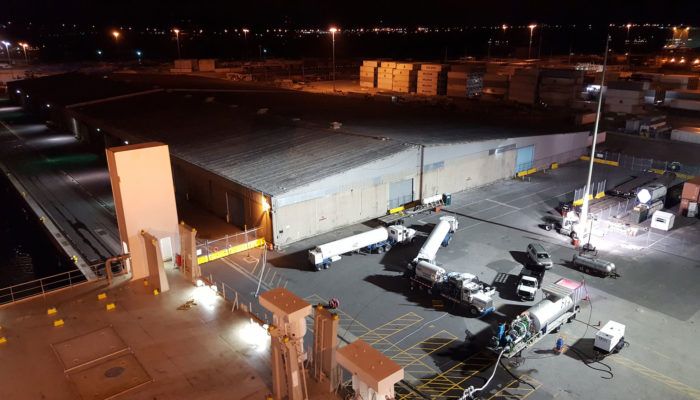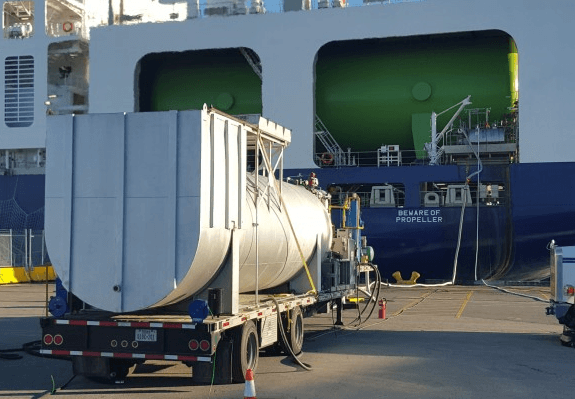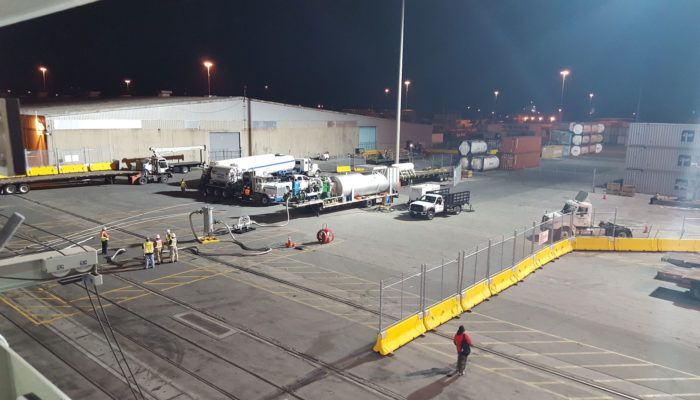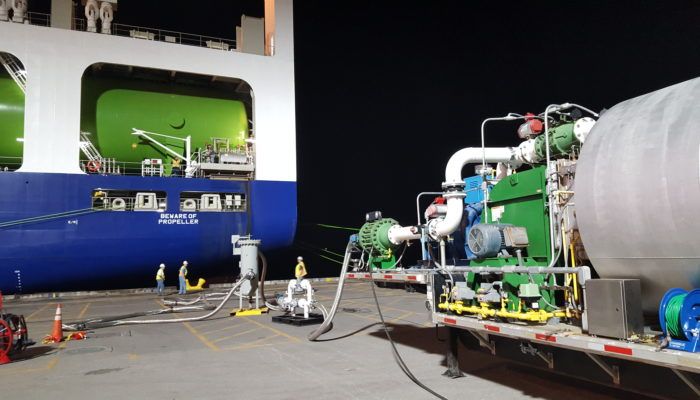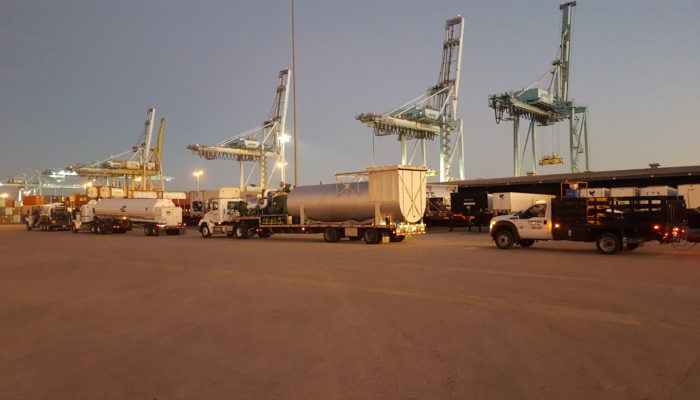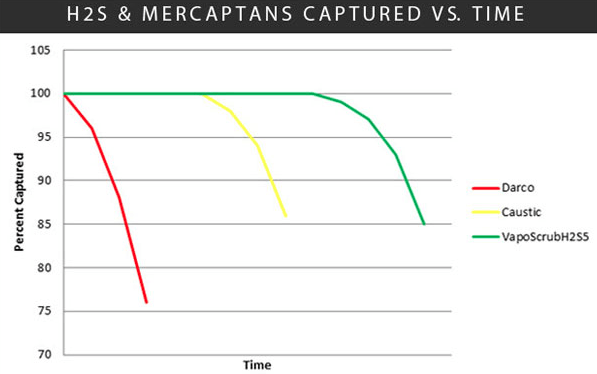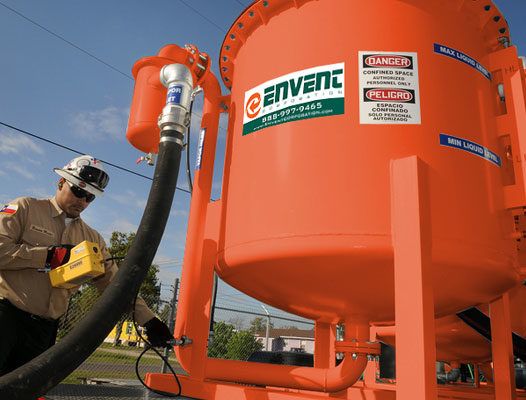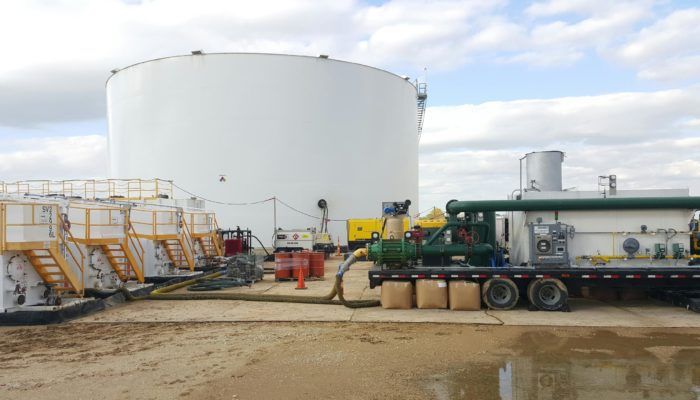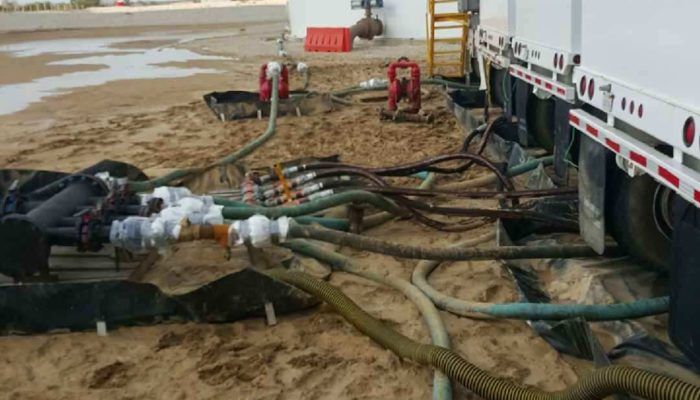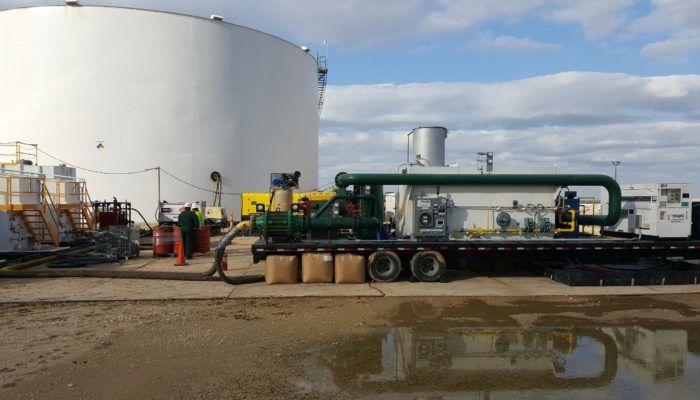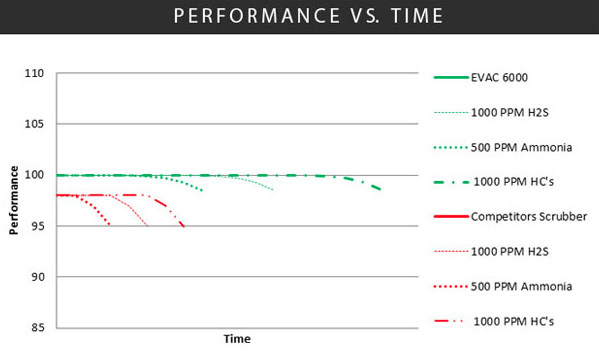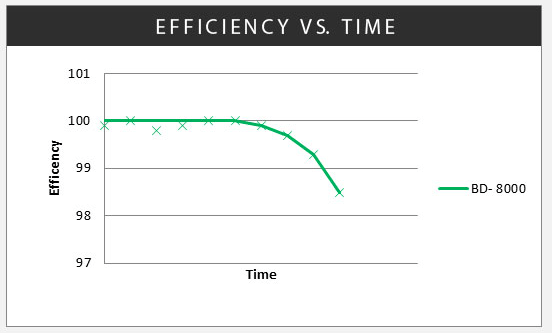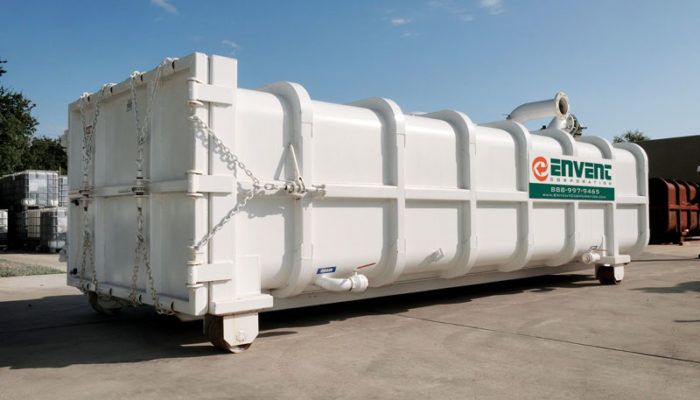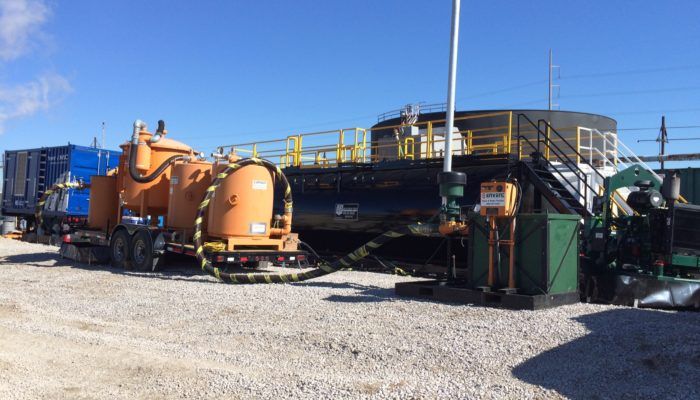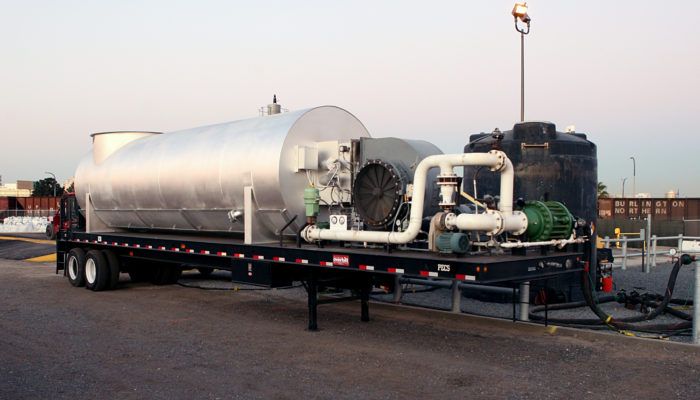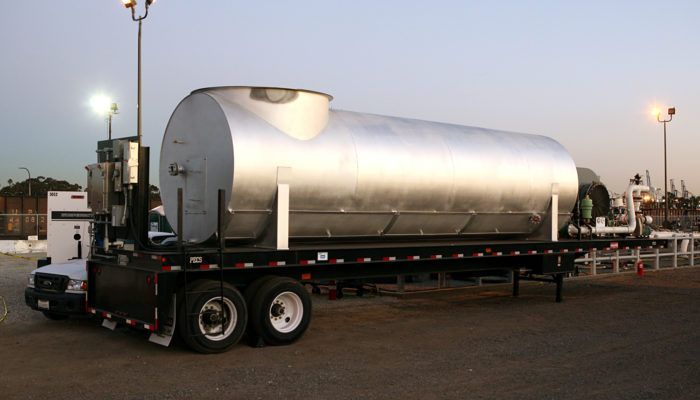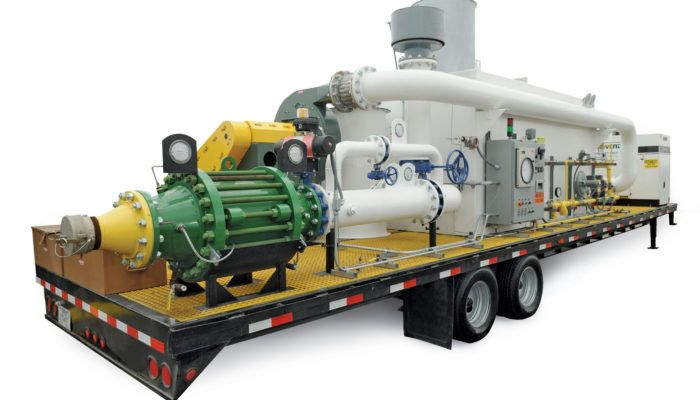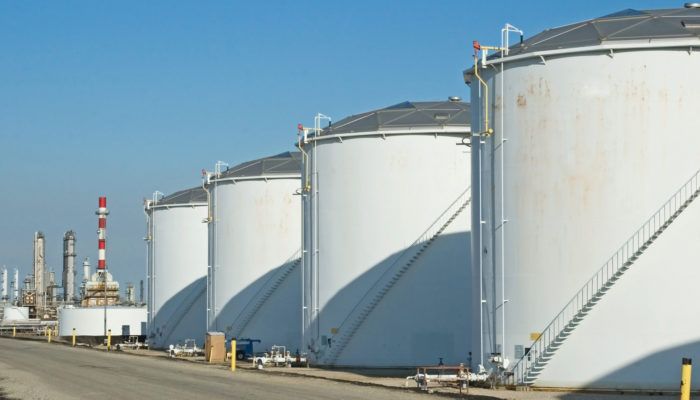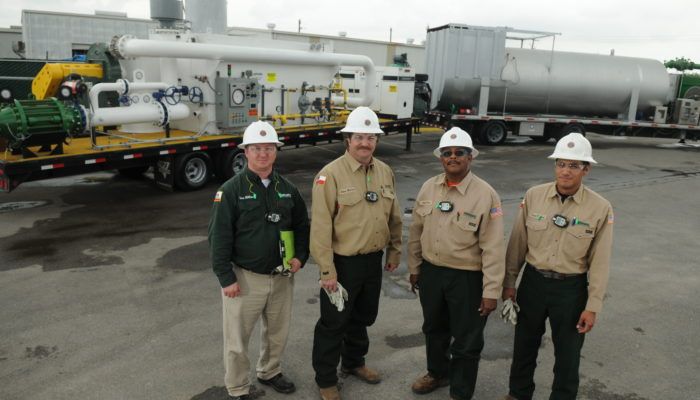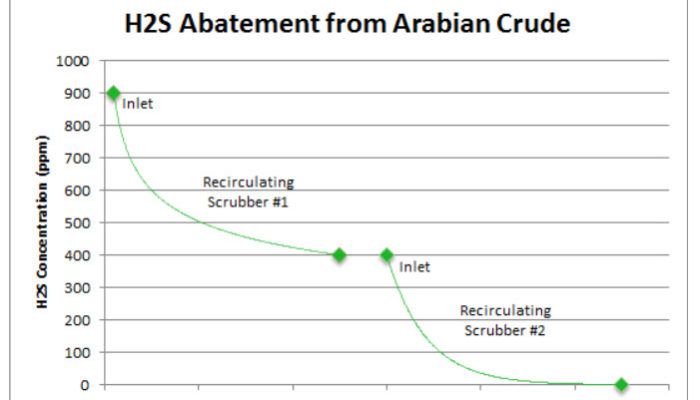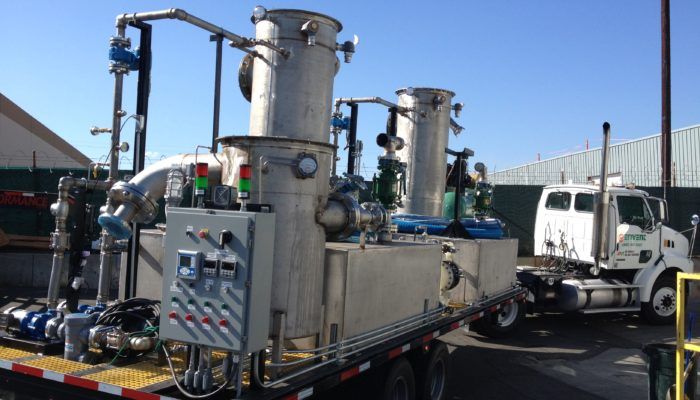Cryogenic Degassing Services
A shipping company built a cargo container ship that is fueled by liquefied natural gas (LNG). Valve repairs needed to be completed on the fuel tanks aboard the ship. In order to do so, each tank would be taken out of service, degassed with a 42 MMBTU thermal oxidizer and then displaced with N2. The technical challenges surrounding this project included temperature at which LNG is stored at (-260 °F), liquid carryover, the pressure at which the fuel is stored (80 PSI), and the allowable temperature limits of the carbon steel components. Understanding the nature of cryogenic materials, LNG would have to be heated to the minimum allowable temperature of the knockout pot and high pressure regulator of -20 °F. This required sizing a heat exchanger for the required heating value. An air-to-air heat exchanger was initially equipped for the job but soon realized the humidity in Jacksonville would pose a problem. The humidity would condense and freeze the inner tubes of the heat exchanger. Instead, we added a tee with check valve and temperature indicator where a nitrogen vaporizer-pumper truck would splice into the vapor line before the knockout pot. We had them flow ~250 SCFM of 200 °F nitrogen which maintained temperature on the first carbon steel component at -10 °F. In addition to the cryogenic temperatures, special precaution was taken to separate the electrical potential of sea water and that of earth. Insulating flanges were used in between the final two hoses connecting to the ship. This prevented an electrical build up in the hoses. Special consideration had to be made for the degas of both onboard LNG tanks. Since the ship had to maintain its delivery schedule, Envent maintained flexibility for the duration of the 2 month project. Also, special requirements with the Coast Guard, Fire Marshal, Captain of the Port, and Captain of the Ship had to be maintained throughout the project.
